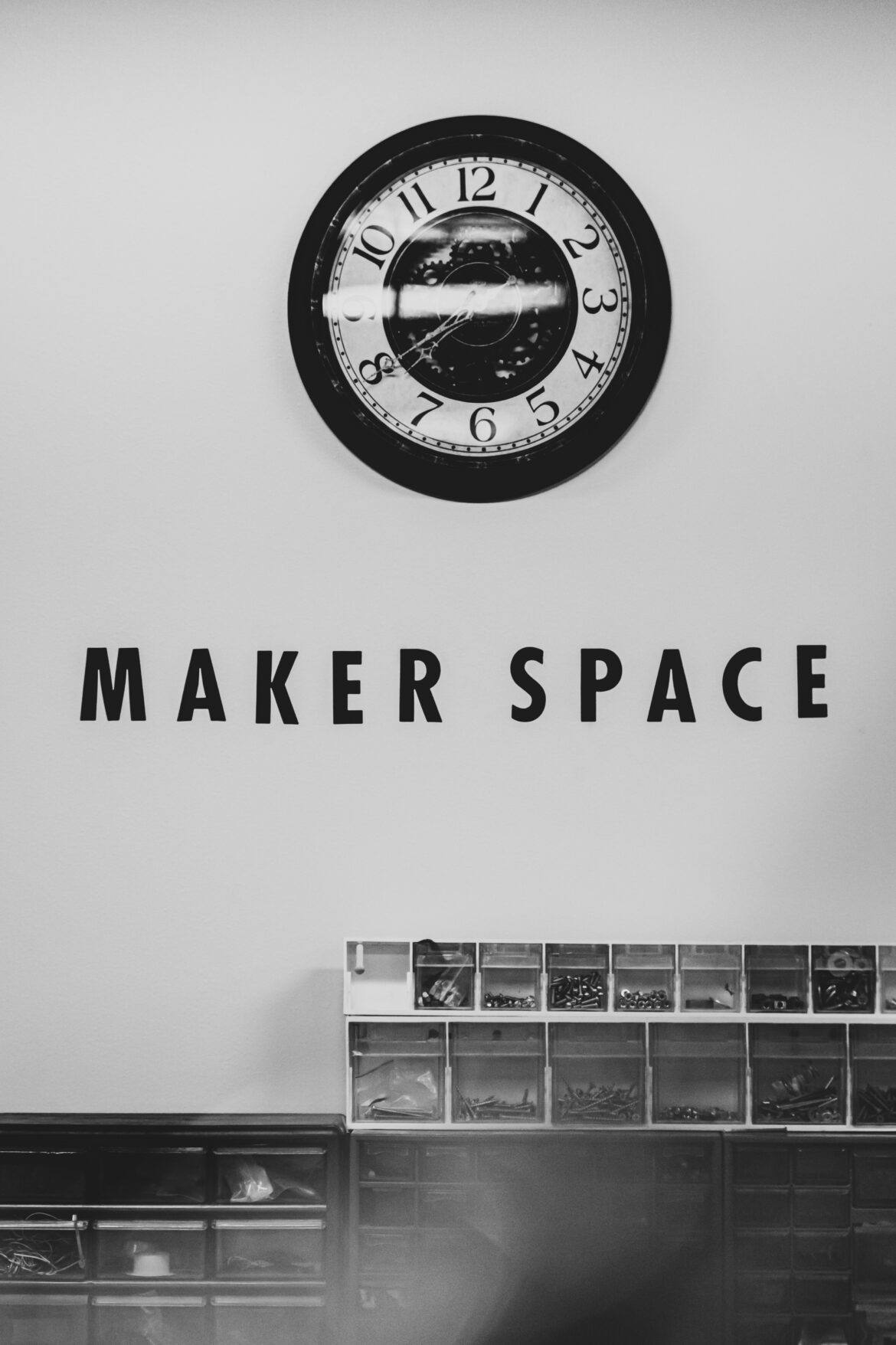When the word “downtime” is said, most people think about activities such as watching TV, eating a snack, or sleeping, which gives it a negative, lackadaisical connotation. In actuality, downtime can be quite productive, especially when a lot of information is given to you at once. During TCEA’s convention, for example, many attendees go to session after session because they don’t want to miss any valuable information. While this is all great, attendees are actually missing out on the other valuable side of utilizing their downtime. Whether you’re at a TCEA convention or going through your daily routine, here are some tips on how to get the most out of your downtime.
Process Your Information
Though it seems great on the surface, receiving nonstop information can be counterproductive. For instance, if your students received nonstop information from nonstop classes without having a chance to reflect on it, research shows that their retention rate will decrease and they will not retain their class material. This also happens when educators attend sessions back-to-back at our TCEA conventions. There’s no doubt that the information is helpful, but it will do no good if you aren’t taking the time to let it marinate. Instead of planning your day with information overload, plan out pockets of time to reflect on what you have learned.
Reflection allows you to think deeply about not only what you’ve learned, but how you learned it. It is a powerful way to examine your own learning processes and how effective (or ineffective they are). Mulling over what and how you’ve learned something new during downtime also helps your neurons to build connections to prior knowledge, which enhances how long that new learning will be retained.
Build Your PLN (Personal Learning Network)
Some of the best tips and tricks you can receive are from those who have already gone through what you are learning. However, if you don’t take the time to talk to others and hear about their experiences, then you are at risk of missing the best way to apply what you are learning. For instance, though our TCEA Convention offers over 1,100 sessions and 470 exhibits, these details are only half of the experience. The other half is the networking opportunities with educators from all different walks of life. All of them have amazing stories to tell and enriching resources to offer. You just have to take advantage of it.
Chances are you have a passion for learning if your field is in education. Downtime is the perfect opportunity to learn new ed tech tricks and teaching methods from your colleagues. Some educators, however, may be a bit more introverted and prefer not to talk to other people if they don’t have to. If you’re more reserved, build your online PLN by using your downtime to catch up on blogs or community forums or follow new educators on Twitter. As long as you have some kind of learning community, it doesn’t matter if it’s online or face to face.
Plan Your Next Step
Once you’ve had a chance to process your thoughts in your downtime, you can take advantage of this time to transition into your next step. Though you’re not expected to have every detail, it’s always helpful to have some sort of plan in mind, whether it’s your daily routine or attending a convention. If you’re constantly moving, you’re at risk for missing time to build a strategy of really making the most of your day.
For example, at our 2018 TCEA Convention & Exposition, we offer sessions for educators with every level of expertise. Therefore, some classes may not be of value to you because you already know the information or you may not know enough information. Using your downtime to strategize what sessions to attend will maximize your convention experience and even allow for some free time because it won’t be wasted on sessions you don’t need. This idea could be used in the classroom as well.
Take a Breather
Last but not least, downtime can be used to refresh yourself. Sometimes it’s best to completely separate yourself from your work and busy schedule to be reminded of what you’re truly trying to accomplish. Downtime allows for breathing room to make your priorities clear and focused. For instance, if your students are constantly weighed down by nonstop assignments, they will soon begin to feel stretched too thin and overwhelmed. This can lead to work of less detail and quality. For you and your students to be the best versions of yourselves, take a step back and renew your mind. You’ll thank yourself later.
As mentioned, downtime offers various productive opportunities. It allows for you to process information, build your PLN, plan for what’s to come, and become refreshed. These benefits will help you become more productive and proactive, while also setting an example for your students.


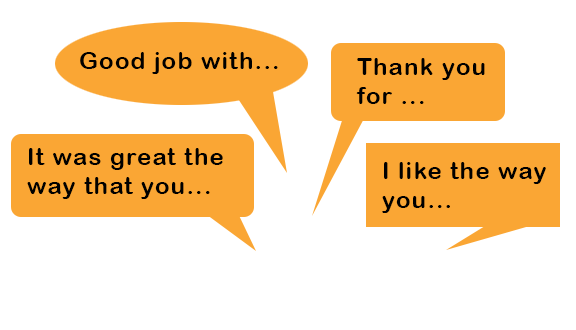


 people through a dramatic shift in their professional practice. The types of change require different kinds of leadership skills. Changing a teacher’s planning period takes different skills than telling them every student is going to have a device and most of their lessons and materials will be delivered over that device. First order change usually deals with cosmetic changes, while second order change deals with the paradigms and philosophies. Research indicates that the leadership team should approach the management of these two types of change differently.
people through a dramatic shift in their professional practice. The types of change require different kinds of leadership skills. Changing a teacher’s planning period takes different skills than telling them every student is going to have a device and most of their lessons and materials will be delivered over that device. First order change usually deals with cosmetic changes, while second order change deals with the paradigms and philosophies. Research indicates that the leadership team should approach the management of these two types of change differently.  training, and support they will need. Organizations adopt change, but individuals are the ones that implement change. District leadership might have decided to enact the change, but it is the people at the school level that actually make it happen. The change process can’t be dictated from central office.
training, and support they will need. Organizations adopt change, but individuals are the ones that implement change. District leadership might have decided to enact the change, but it is the people at the school level that actually make it happen. The change process can’t be dictated from central office. Success takes time and commitment to strategic action plans, review, and adjustment. It may take several cycles after implementation to determine if the new initiative is working. Expect an implementation dip.
Success takes time and commitment to strategic action plans, review, and adjustment. It may take several cycles after implementation to determine if the new initiative is working. Expect an implementation dip.
 legislative session and TCEA was working for you. In most instances, all of our hard work in gaining support for our issues came down to the last weekend in May. Most legislation fails to pass largely because there is not enough time for the bills to get passed. The Texas Legislature only meets every other year, and for only 140 days. Our forefathers purposely made it difficult to pass a bill for fear that the government might grow and have too much power. Out of the 6,631 bills that were filed, only 1,089 passed and became law. Fortunately, eight of those bills were supported by TCEA for the benefit of our members.
legislative session and TCEA was working for you. In most instances, all of our hard work in gaining support for our issues came down to the last weekend in May. Most legislation fails to pass largely because there is not enough time for the bills to get passed. The Texas Legislature only meets every other year, and for only 140 days. Our forefathers purposely made it difficult to pass a bill for fear that the government might grow and have too much power. Out of the 6,631 bills that were filed, only 1,089 passed and became law. Fortunately, eight of those bills were supported by TCEA for the benefit of our members. 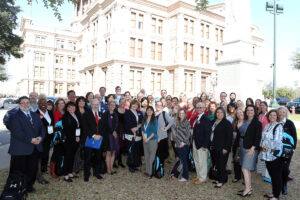 learning process is one of TCEA’s strategic goals. Judging by what legislation was passed, we feel good about the progress we made this session. The efforts that many of our officers and members made to email, call, or come to the Texas Capitol to testify or visit their state legislator played a critical role in getting the bills passed. Never underestimate your influence on your elected officials. Thank you for all your hard work, and keep it up!
learning process is one of TCEA’s strategic goals. Judging by what legislation was passed, we feel good about the progress we made this session. The efforts that many of our officers and members made to email, call, or come to the Texas Capitol to testify or visit their state legislator played a critical role in getting the bills passed. Never underestimate your influence on your elected officials. Thank you for all your hard work, and keep it up! 
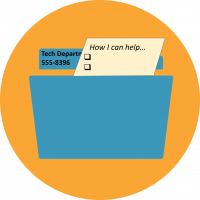 Begin by setting up a brief meeting to introduce yourself. For this meeting, I recommend creating a brief, bulleted list of services and supports you have to offer, along with various ways to contact you and/or your office. Though the administrator should be able to get all of that information from your department website, it is nice to have a hard copy of that information that can be filed away for easy access (the old-school way). Put your information in a
Begin by setting up a brief meeting to introduce yourself. For this meeting, I recommend creating a brief, bulleted list of services and supports you have to offer, along with various ways to contact you and/or your office. Though the administrator should be able to get all of that information from your department website, it is nice to have a hard copy of that information that can be filed away for easy access (the old-school way). Put your information in a 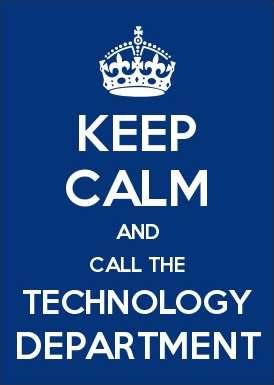 To go the extra, extra mile, give a copy of the labeled folder and document to their secretary. Recognizing the value of their role in getting things done on the campus can go a long way. While many administrators have good intentions to remember all the details, they typically know they can rely on their secretaries to keep things organized so that that information can be easily accessed when needed.
To go the extra, extra mile, give a copy of the labeled folder and document to their secretary. Recognizing the value of their role in getting things done on the campus can go a long way. While many administrators have good intentions to remember all the details, they typically know they can rely on their secretaries to keep things organized so that that information can be easily accessed when needed.
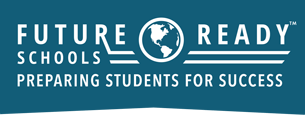
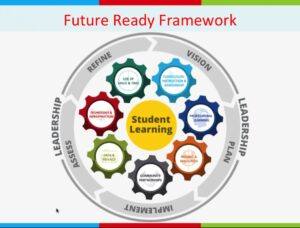 The backbone of FRS is the
The backbone of FRS is the 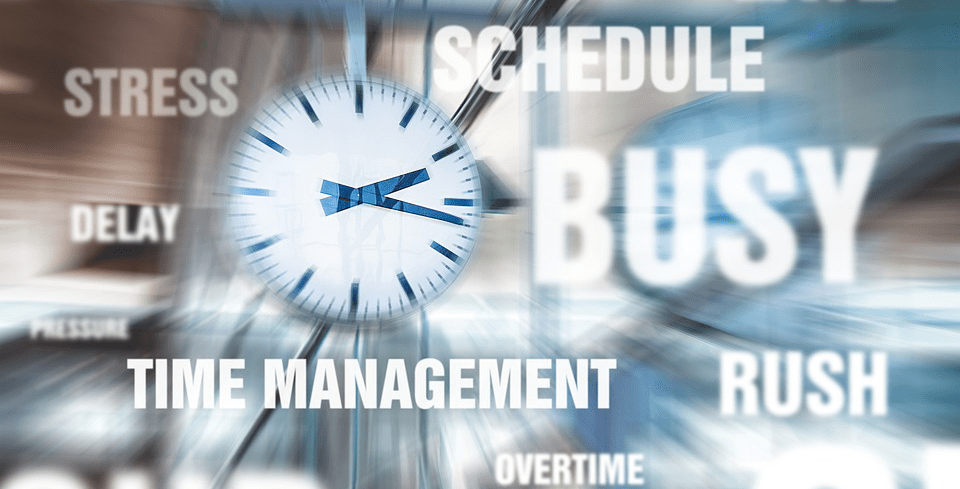
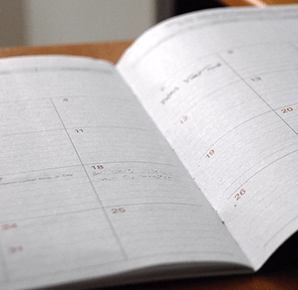 It’s actually pretty simple. Schedule something after work hours that requires you to leave at your scheduled time. It’s funny that anytime my kids have an activity that I have to be at after work or I have an appointment with someone right after the end of the day, I manage to be more productive. Knowing that I cannot stay late or have “extra time” to get things done forces me to push through distractions and be more focused on the tasks I have in front of me. Even if you don’t have a legitimate appointment to put on your calendar, still “schedule” something so that when you look at it, you are reinforcing the expectation that you cannot stay late. This could be something as simple as watching Wheel of Fortune that comes on an hour after the time you should be leaving work. You could also schedule time to get caught up on some enjoyable reading, a date night with your spouse, or taking a walk around the neighborhood to get some exercise in.
It’s actually pretty simple. Schedule something after work hours that requires you to leave at your scheduled time. It’s funny that anytime my kids have an activity that I have to be at after work or I have an appointment with someone right after the end of the day, I manage to be more productive. Knowing that I cannot stay late or have “extra time” to get things done forces me to push through distractions and be more focused on the tasks I have in front of me. Even if you don’t have a legitimate appointment to put on your calendar, still “schedule” something so that when you look at it, you are reinforcing the expectation that you cannot stay late. This could be something as simple as watching Wheel of Fortune that comes on an hour after the time you should be leaving work. You could also schedule time to get caught up on some enjoyable reading, a date night with your spouse, or taking a walk around the neighborhood to get some exercise in.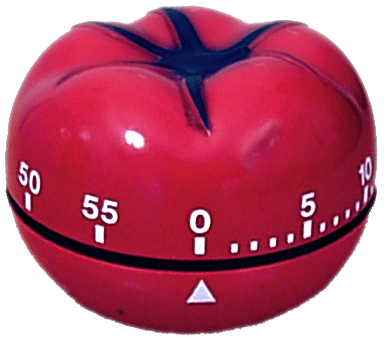 If you find you need a little bit more structure so that you can end your day without staying late, consider using the
If you find you need a little bit more structure so that you can end your day without staying late, consider using the 